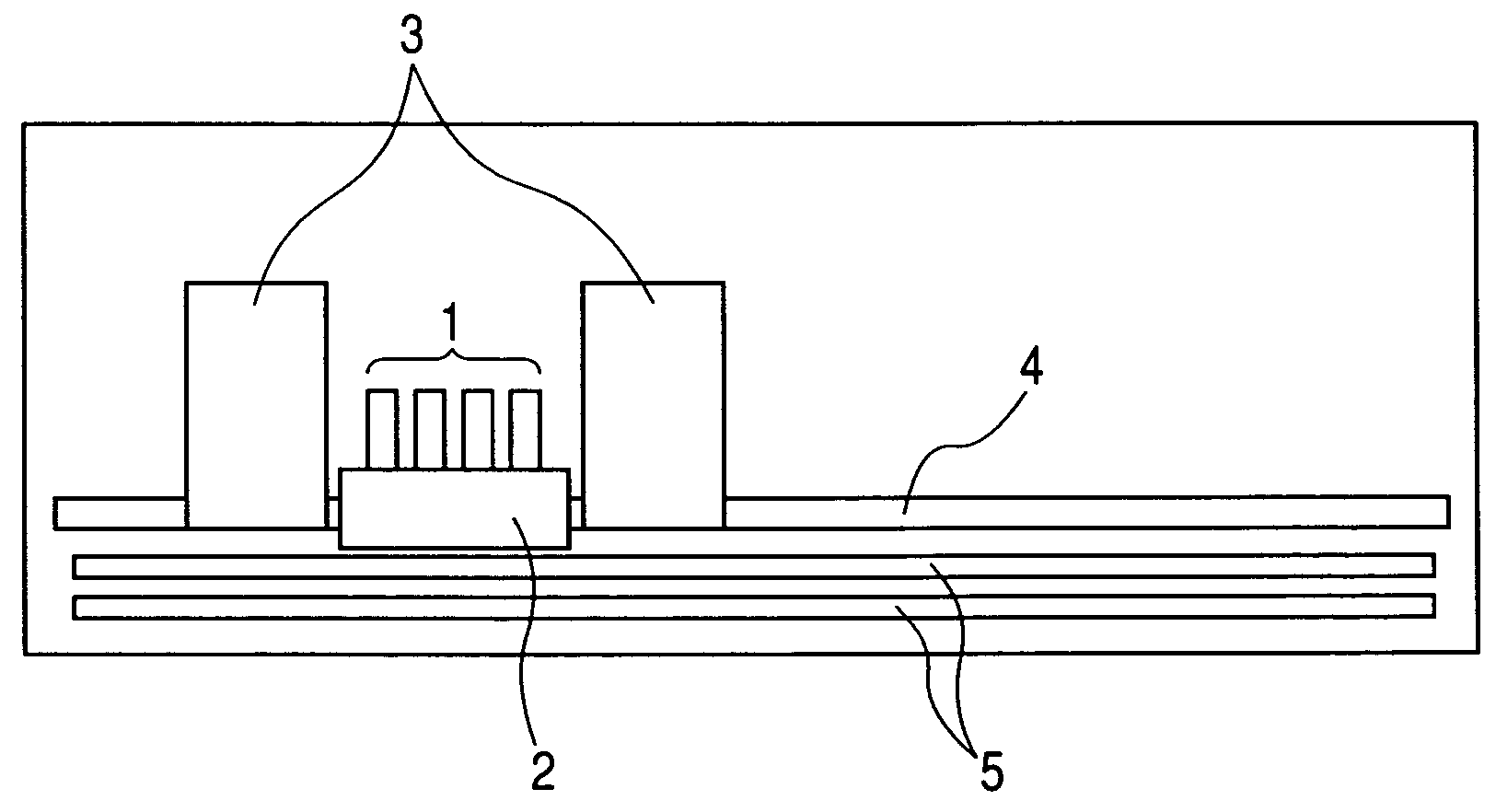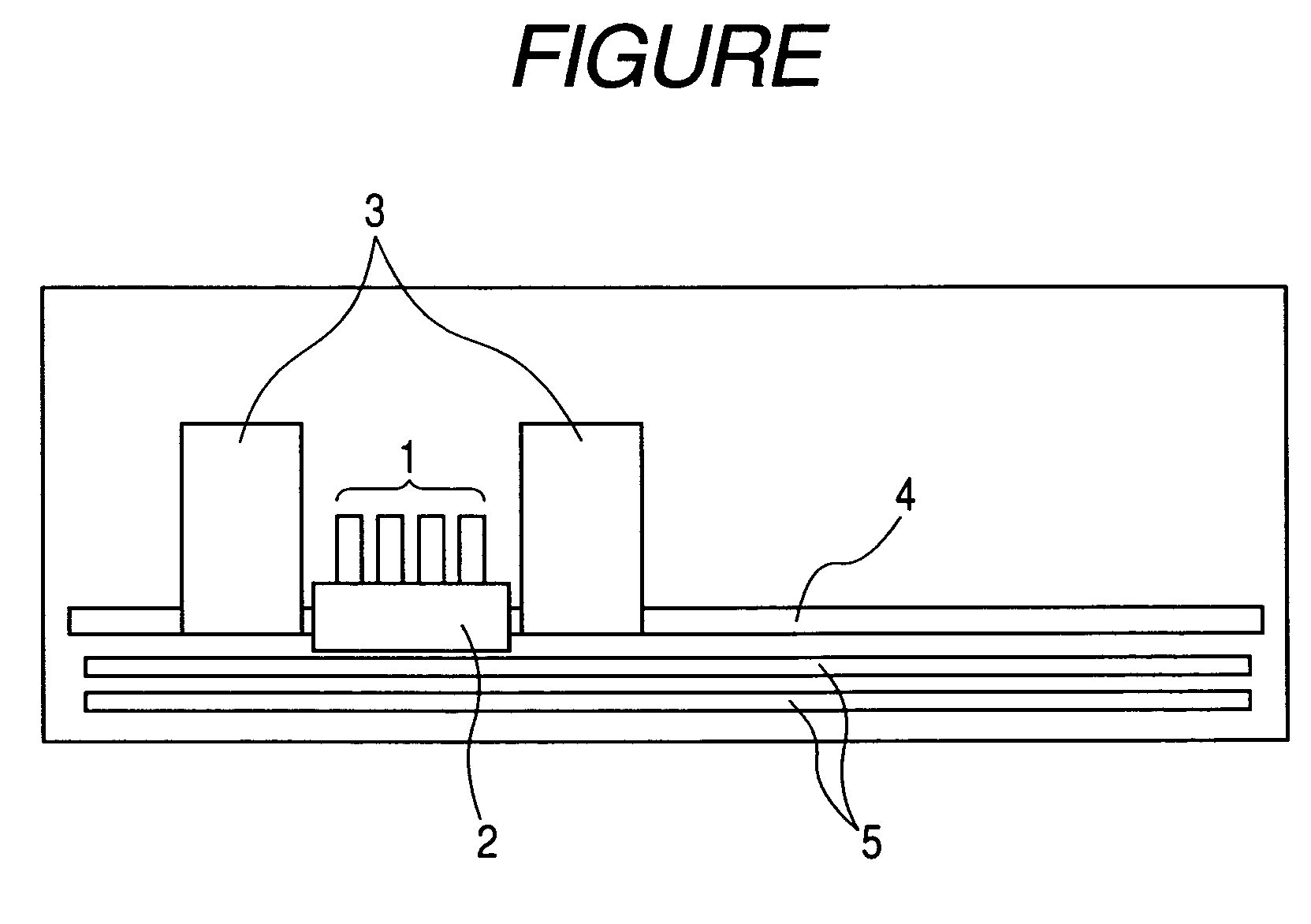Active energy ray curable aqueous ink composition, and inkjet recording method, ink cartridge, recording unit, and inkjet recording apparatus using the same
a technology of active energy rays and inks, which is applied in the field of active energy ray curable aqueous ink compositions, can solve the problems of insufficient physical properties of polymerized or cured solids such as hardness and adhesiveness, and the inability of polymerization substances to serve as main materials for aqueous polymerizable compositions, etc., and achieve excellent curing performance and high reactivity as a polymerizable substance. ,
- Summary
- Abstract
- Description
- Claims
- Application Information
AI Technical Summary
Benefits of technology
Problems solved by technology
Method used
Image
Examples
synthesis example 1
Synthesis of sodium 2,4,6-trimethylbenzoylphenylphosphinate (Exemplified Compound 5)
[0112]The synthesis of Exemplified Compound 5 as a target is disclosed in Japanese Patent Application Laid-Open No. S57-197289 mentioned above. However, according to the method described in the document, an alkyl iodide is produced as a by-product, so the mutagenicity of a methyl compound particularly shown as a preferable example in the document is doubtful. The possibility that such a substance is incorporated as an impurity is not preferable in terms of safety. In view of the above, in the present invention, an attempt was made to synthesize Exemplified Compound 5 by decomposing a commercially available bisacyl phosphine oxide compound under an acidic condition.
[0113]
[0114]Dry pyridine containing no water was allowed to react with sulfuric anhydride in chloroform to prepare a pyridine sulfate according to an ordinary method. Next, 250 g of a 15% solution of phenyl-bis(2,4,6-trimethylbenzoyl)-phosp...
synthesis example 2
Synthesis Of Octaethylene Glycol 2,4,6-trimethylbenzoylphenylphosphinate
[0115]
[0116]20 g of phenyl-bis(2,4,6-trimethylbenzoyl)-phosphine oxide (trade name Irgacure 819: available from Ciba Specialty Chemicals), 45 g of potassium permanganate, 600 ml of pyridine, and 300 ml of water were mixed, and the mixture was stirred under heating at 85° C. for 6 hours. After the reaction solution had been cooled to room temperature, the precipitated crystal was filtered out and washed with water. The filtrate was concentrated, and 150 ml of 10% HCl aq was added to the residue. The mixed solution was extracted with 200 ml of ethyl acetate 3 times. The organic layer was gathered, and was washed with 200 ml of a saturated salt solution twice and dried with anhydrous magnesium sulfate. The solution was concentrated and dried to yield 21 g of a pale yellow solid.
[0117]Next, 20 g of the solid, 600 g of polyethylene glycol 400, and 500 ml of chloroform were mixed, and the mixture was stirred under hea...
examples 1 to 10
[0118]The respective components shown in Table 1 below were mixed and sufficiently stirred for dissolution. After that, the solution was filtered through a 0.50-μm filter under pressure to prepare each of the inks of Examples 1 to 10. In addition, the pH of each ink was adjusted to have a final value of 8.5 by means of an aqueous solution of sodium hydroxide.
PUM
| Property | Measurement | Unit |
|---|---|---|
| particle size | aaaaa | aaaaa |
| specific surface area | aaaaa | aaaaa |
| particle size | aaaaa | aaaaa |
Abstract
Description
Claims
Application Information
 Login to View More
Login to View More - R&D
- Intellectual Property
- Life Sciences
- Materials
- Tech Scout
- Unparalleled Data Quality
- Higher Quality Content
- 60% Fewer Hallucinations
Browse by: Latest US Patents, China's latest patents, Technical Efficacy Thesaurus, Application Domain, Technology Topic, Popular Technical Reports.
© 2025 PatSnap. All rights reserved.Legal|Privacy policy|Modern Slavery Act Transparency Statement|Sitemap|About US| Contact US: help@patsnap.com



